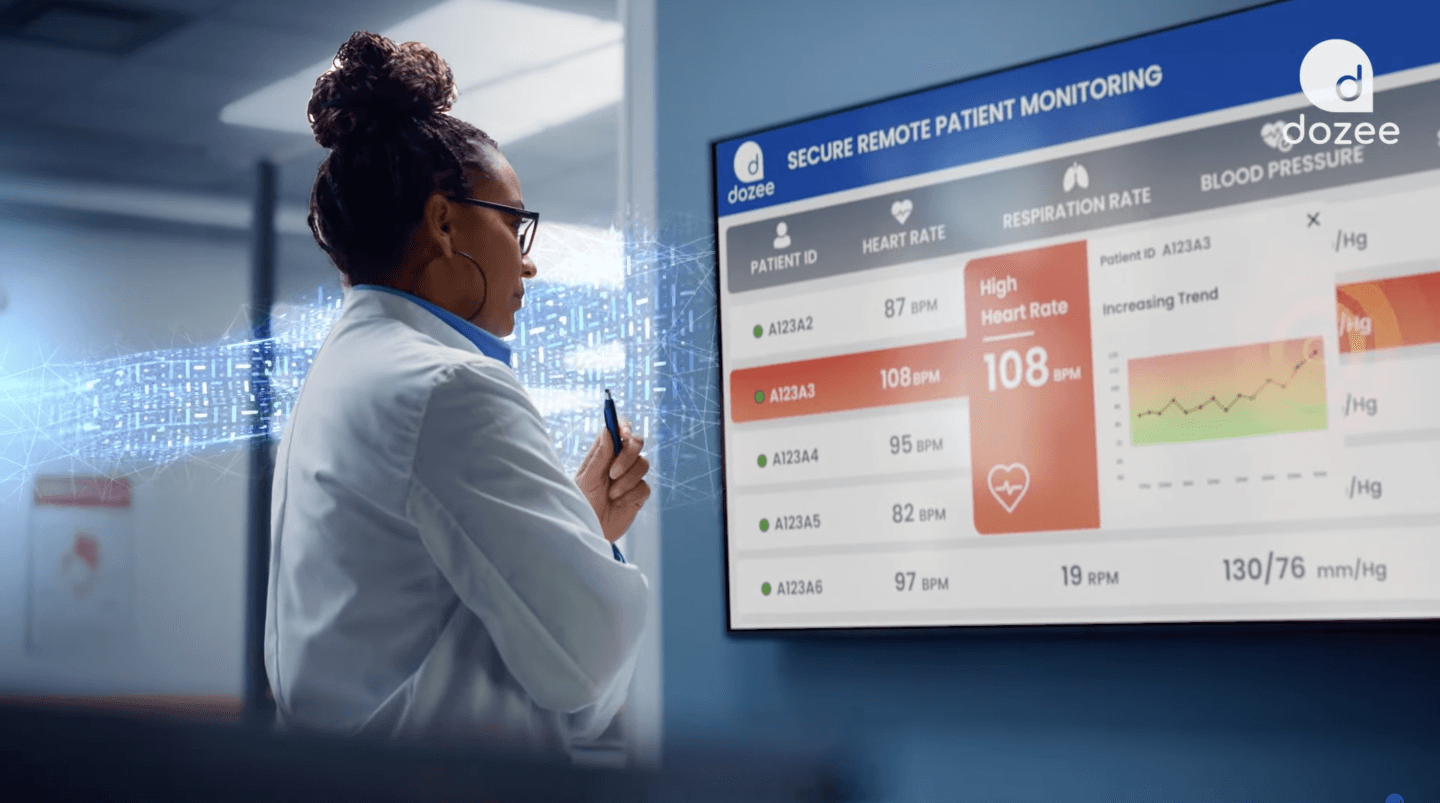Abstract
Introduction: Remote patient monitoring systems (RPMS) are increasingly integrated into hospital wards to improve patient safety and reduce the workload on healthcare professionals (HCPs). This study evaluates the efficacy of RPMS in general wards, focusing on their impact on nursing efficiency, patient care, HCPs, and patient satisfaction.
Methods: A comprehensive time-motion study was conducted along with surveys targeting HCPs and patients in M.S. Ramaiah Memorial Hospital, Bangalore, India, which has implemented RPMS in general wards. The study involved observing and comparing nursing activities in RPMS-equipped wards versus control wards without RPMS across various shifts. In addition, feedback on the system's impact on patient safety, overall care quality, and usability was gathered through a survey form.
Results: RPMS decreases the amount of time nurses spend on routine monitoring, communication, and coordination, enabling a 43.11% increase in time available for patient care. More than 89% of HCPs noted improvements in the level of care and overall patient safety. More than 80% of the HCPs also noted improvement in the patient’s experience. More than 50% of HCPs find RPMS easy to use and user-friendly. More than 60% of the patients noted an overall improvement in care quality.
Conclusion: RPMS has proven to be a valuable asset in hospital wards, enhancing patient monitoring and safety while reducing the workload on staff. In addition, significant time savings on routine tasks and high satisfaction levels from both staff and patients underscore the system's benefits.
Introduction
In general wards, patient monitoring typically occurs intermittently [1], unlike the continuous monitoring found in intensive care units (ICUs) [2]. Due to this gap, signs of health deterioration are often missed [3], which leads to delayed intervention compromising patient safety [4]. Continuous monitoring technologies are poised to bridge this disparity, enhancing safety and improving healthcare delivery in wards [5].
Recent advancements in patient monitoring technologies have significantly expanded capabilities beyond the ICUs. Research by Garssen et al. (2023) [6] and Weenk et al. (2020) [7] demonstrates the effectiveness of contact-based wearables for continuous monitoring in general wards. Furthermore, non-contact methods like ballistocardiography, highlighted by Ginsburg et al. (2022) [8] and Wang et al. (2022) [9], offer non-invasive monitoring, increasing patient comfort and compliance. These innovations not only extend the reach of continuous monitoring but also have the potential to improve health outcomes through enhanced preventive care [5,10-15].
Since November 2022, M.S. Ramaiah Memorial Hospital (MSR), Bangalore, India, equipped with over 500 beds, has embraced these technological advancements by implementing a continuous non-invasive remote patient monitoring system (RPMS) in its wards. The real-world impact of this RPMS on patient care, usefulness, ease of use, and satisfaction among healthcare practitioners (HCPs) and patients remains under-explored. This study evaluates the RPMS by conducting a comprehensive time-motion study to assess nursing efficiency and workflow. In addition, surveys targeting HCPs and patients measure the system’s overall impact on patient safety, usefulness, ease of use, and experience. This multifaceted approach aims to deliver detailed insights into the benefits of integrating advanced monitoring technologies in general ward settings, thereby enriching the understanding of their practical implications.


